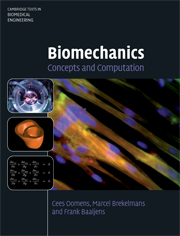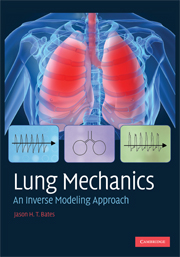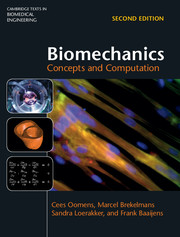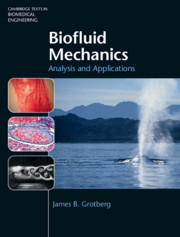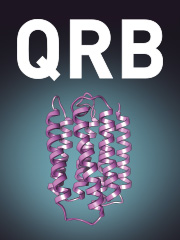Biomechanics
This is the first textbook to integrates both general and specific topics, theoretical background and biomedical engineering applications, as well as analytical and numerical approaches. This quantitative approach integrates the classical concepts of mechanics and computational modelling techniques, in a logical progression through a wide range of fundamental biomechanics principles. Online MATLAB-based software along with examples and problems using biomedical applications will motivate undergraduate biomedical engineering students to practise and test their skills. The book covers topics such as kinematics, equilibrium, stresses and strains, and also focuses on large deformations and rotations and non-linear constitutive equations, including visco-elastic behaviour and the behaviour of long slender fibre-like structures. This is the definitive textbook for students.
- A quantitative biomechanics approach written for a biomedical engineering course
- Begins from basic concepts of mechanics and ends with numerical solution procedures based on Finite Element Modeling
- Website includes FEM code written in MATLAB, solutions to exercises in the text and extra problem sets
Reviews & endorsements
Review of the hardback: 'Biomechanics: Concepts and Computation is one of the most important textbooks written in the field of biomechanical education.' Amit Gefen, v
Review of the hardback: 'This text does an outstanding job of covering both the core and advanced topics of biomechanics that are appropriate to both undergraduate and beginning graduate biomedical engineering education … I strongly recommend this text to any biomedical engineering problem offering a concentration/track in biomechanics.' Robert Spilker, Professor of Biomedical Engineering and Chair, RPI, USA
Product details
August 2010Paperback
9780521172967
348 pages
246 × 189 × 18 mm
0.62kg
Available
Table of Contents
- Preface
- 1. Vector calculus
- 2. The concepts of force and moment
- 3. Static equilibrium
- 4. The mechanical behaviour of fibres
- 5. Fibres: time dependent behaviour
- 6. Analysis of a one-dimensional continuous medium
- 7. Biological materials and continuum mechanics
- 8. Stress in three-dimensional continuous media
- 9. Motion: the time as an extra dimension
- 10. Deformation and rotation, deformation rate and spin
- 11. Local balance of mass, momentum and energy
- 12. Constitutive modelling of solids and fluids
- 13. Solution strategies for solid and fluid mechanics problems
- 14. Numerical solution of one-dimensional diffusion equation
- 15. The one-dimensional convection-diffusion equation
- 16. The three-dimensional convection-diffusion equation
- 17. Shape functions and numerical integration
- 18. Infinitesimal strain elasticity problems
- References
- Index.

